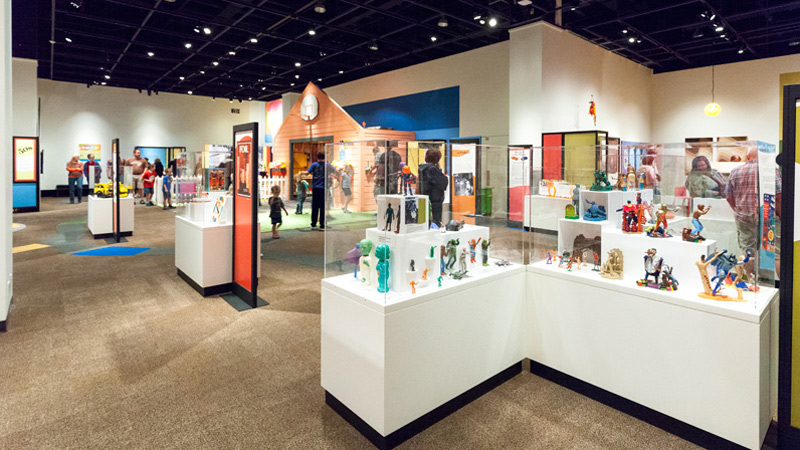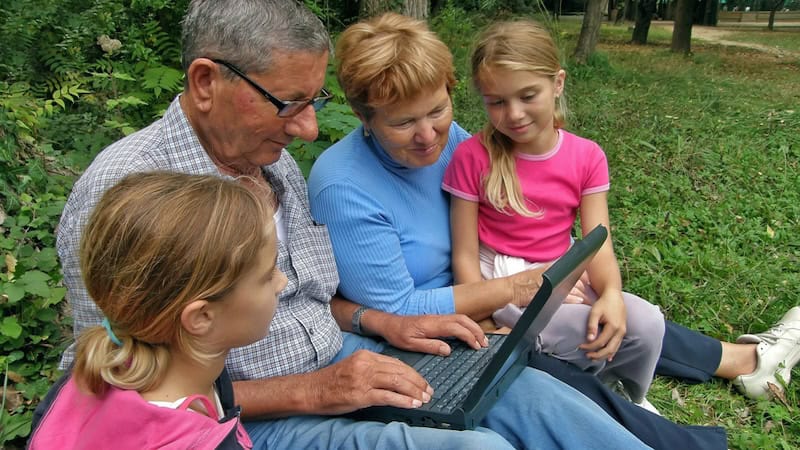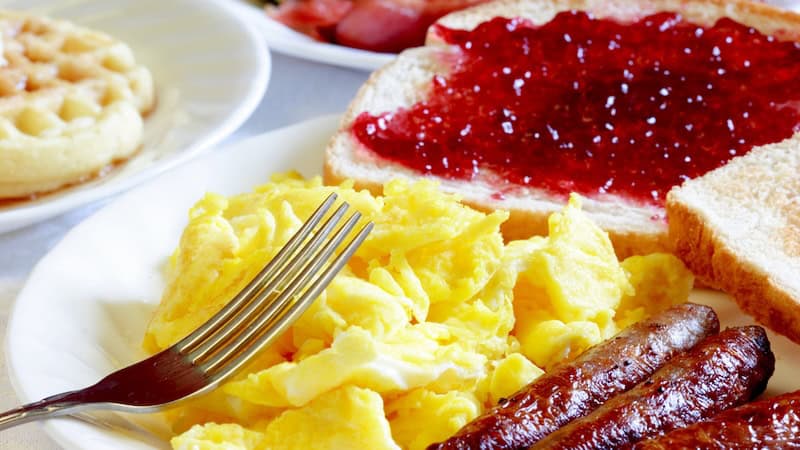Toys Through the Decades at New VHS Exhibit
Envision some of your own favorite inanimate childhood playmates: Gumby and Pokey; Barbie, Skipper and Julia; Matchbox and Hot Wheels; trolls, baby dolls, Sara Lee, Raggedy Ann and Raggedy Andy; board games, Simon and electronic football games; Spirograph and Lite Brite. Chances are, your revered toys are part of this show.

“I haven’t yet talked to anyone who doesn’t have a really good toy story,” says Andrew Talkov of the Virginia Historical Society, which presents the “Toys of the ’50s, ’60s and ’70s” exhibition Feb. 24 through Sept. 4. “They had their favorite toy that they played with, or they had the toy that they coveted more than any other toy.”
Envision some of your own favorite inanimate childhood playmates: Gumby and Pokey; Barbie, Skipper and Julia; Matchbox and Hot Wheels; trolls, baby dolls, Sara Lee, Raggedy Ann and Raggedy Andy; board games, Simon and electronic football games; Spirograph and Lite Brite. Chances are, your revered toys are part of this show.
At the 5,000-square-foot exhibition, three re-created living rooms representing each decade, plus a garage, will host a multitude of toys. Interactive exhibits invite play for all ages, including a Barrel of Monkeys station and stairs for perfecting Slinky skills.
Though the collection will inevitably stimulate the storied memories of youth, other stories infuse the exhibition as well.
THE INFLUENTIAL BOOB TUBE
“Television changed the way that we relate to toys,” Talkov explains. “In the 1940s, most homes didn’t have television sets, so toys tended to be more traditional … But once the television comes, it not only becomes an advertising medium for toys, but it becomes the generator of toys,” such as the Davy Crockett coonskin cap, sales of which averaged 5,000 a day in its prime.
To reflect this influence, each “living room” houses a TV set showing decade-appropriate toy commercials.
TALES OF THE TOYS
Why are Matchbox cars the size of matchboxes? What distinguishes Matchbox cars from Hot Wheels? Whose bankroll was launched into space by the success of Star Wars toys?
The exhibition illuminates the stories behind many of the influential toys of childhood, including a rocket that has Richmond roots. The Alpha-1 model rocket, fueled by sodium carbonate (or by bicarbonate) and citric acid, was a product of Richmond-based Texaco Experiment Inc.
THE UNDERCURRENTS
As children – perhaps even as adults – we may not recognize how closely mainstream toys reflect cultural movements. This VHS exhibition provides insight into the history of the social revolution that permeated these three decades, administering a dose of history with a spoonful of sugar.
“The things that children play with are … the way that they make sense of an adult world,” Talkov says. He rattles off the challenges and changes that children faced in these decades: the Cold War, air-raid and duck-and-cover drills at school, Civil Rights conflicts, segregation and integration, the women’s movement, the counterculture, an unpopular war and the assassination of civil rights leaders and of a president.
Some toys reflect politics. For example, in the ’50s, educational toys promoted science and engineering in hopes of nurturing young minds to help outsmart the Communists.
Some support cultural movements. Toys in the ’50s and early ’60s, a period celebrating suburbia and the nuclear family, supported traditional gender roles. The late ’60s and early ’70s, on the other hand, saw the introduction of gender-neutral playthings. Through the decades, toys came to reflect a positive image of African Americans for children of all races.
And others reflect technology. The rise of plastic after World War II resulted in inexpensive mass-marketed toys, Talkov explains, while the ’70s oil shortage (stifling the accessibility of plastic) meant smaller action figures (explaining why Star Wars toys were nearly eight inches shorter than GI Joe, the original toy dubbed “action figure”). And the U.S. pursuit of space travel gave rise to the popularity of space toys and rockets.
PERSONAL STORIES
The exhibition includes quotes and stories from people who played with the toys, but perhaps more important are the memories that will spring unbidden from visitors, memories that may clamor to be shared with friends and family. Playthings of childhood invite introspection, ponderings more personal than examining external cultural forces.
“One of the things that I realize as I look at the exhibit,” says Talkov, “is that the kinds of toys that we played with do in many ways reflect parts of our personality that stick with us.” As a young Lego engineer, Talkov recalls, he followed pre-written patterns, while other budding builders created unique structures whose plans existed only in their minds.
Clearly, visitors who lived and played in the 1950s, ’60s or ’70s will have a connection with these toys. Younger generations can appreciate enduring toys such as Lego and Silly Putty and those early “primitive” video games. All ages can create their own lessons and memories.
As Talkov explains, “The toys reflected what was happening in society … but once you put it in the hands of a person to play with, it becomes their story.”
What’s your toy story?
Virginia Historical Society, Toys of the ’50s, ’60s and ’70s
When: Feb. 24-Sept. 4
Cost: Free for VHS members; $10 for nonmembers; $8 for groups of 10 or more
Where: 428 N. Boulevard, Richmond
Contact: 804-358-4901


